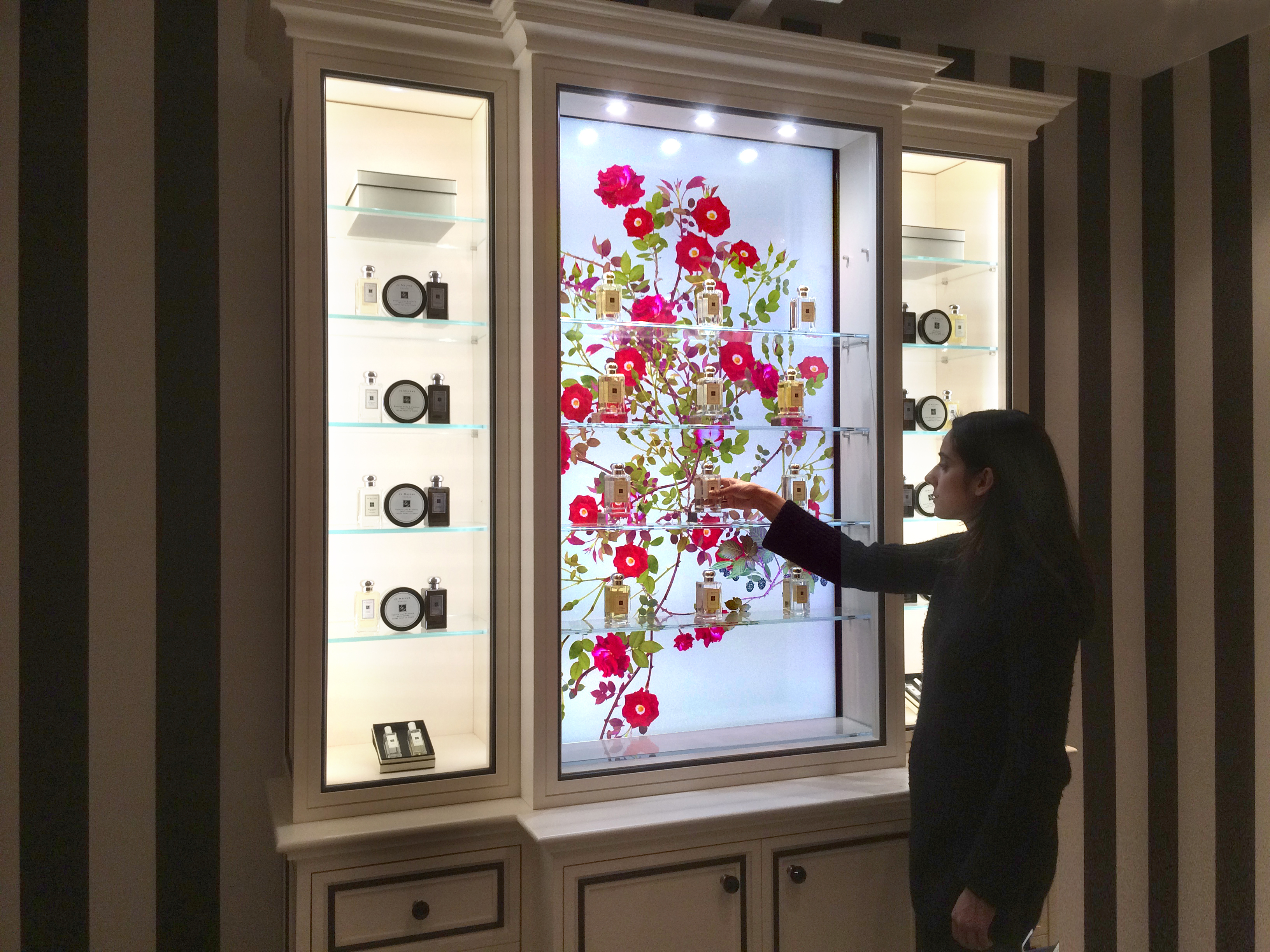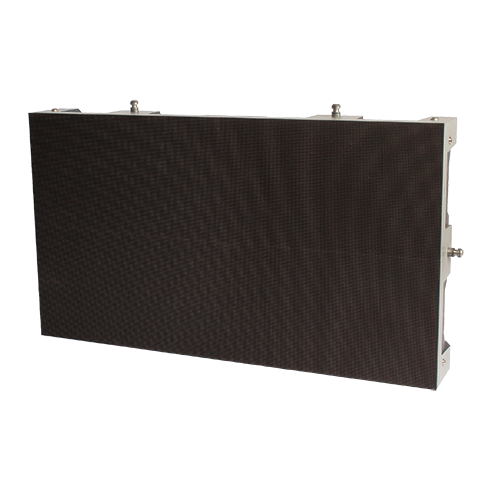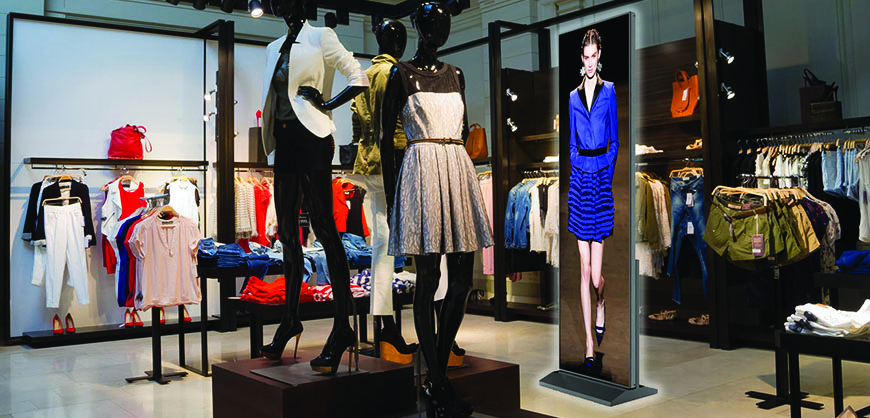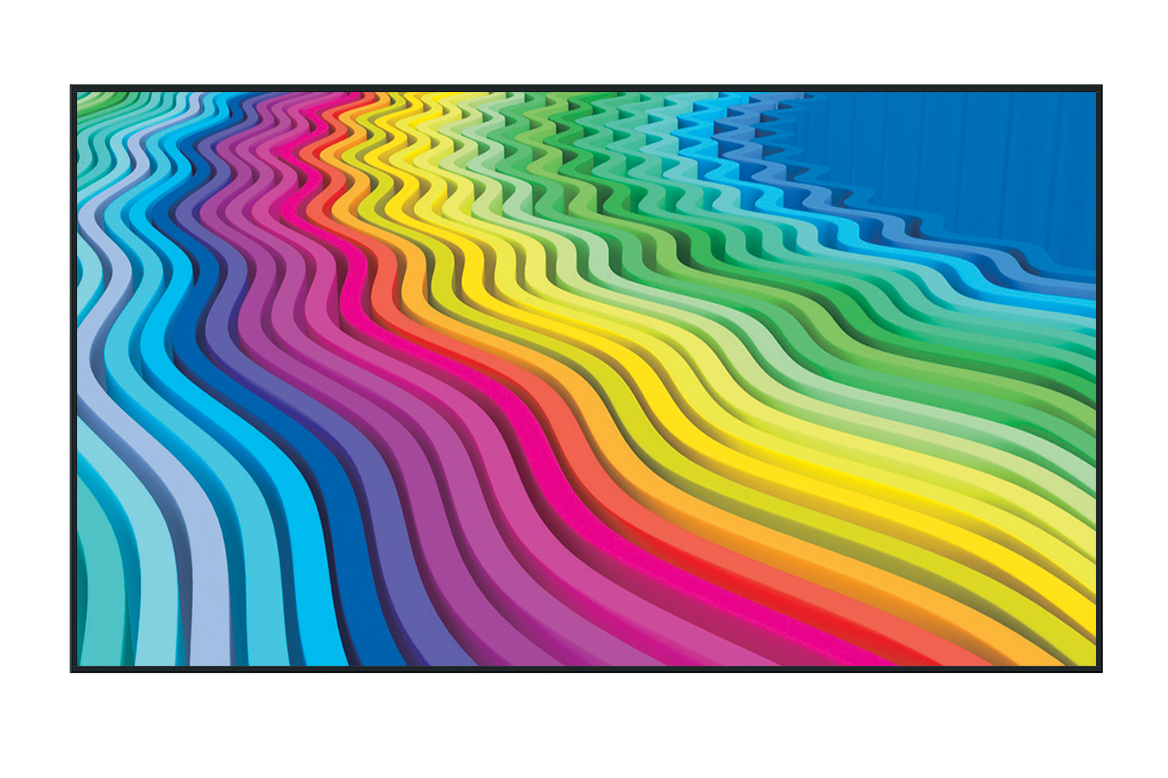Screens are becoming ubiquitous throughout our daily lives, and increasingly that includes in the places we shop. But as more retail outlets consider adding digital signage to their brick-and-mortar stores, they may need to consider that a simple screen with marketing messages might not be enough. New generations of shoppers are growing up in digital-first environments, and in part that means they have higher expectations about the way they experience screens in all environments.
“They consume content in videos on Instagram and Facebook and Snapchat and Twitter, so they’re used to this, and then they walk into a store, and it is the least digital place they’ve ever been to,” said Trevor Sumner, CEO of Perch Interactive, a specialist in retail digital display platforms. “It’s static products on a shelf—they don’t move, they don’t talk, I can’t click on them, I can’t find out anything more about them. It’s a sense of the sterility that’s actually odd to us; it is fascinating.”
The first quarterly report from retail innovation group HighStreet Collective shows that some of the technology expectations that shoppers have inside stores support this idea. Things like touch/gesture technologies, mobile interface, and, importantly, data tracking (described as “the conscious willingness of shoppers to allow brands and/or retailers to use technology to use their data to enhance the experience, or receive value in exchange”) have become increasingly mainstream with shoppers, according to the report.
“Retail has lagged behind the technology curve for years, and it’s no wonder legacy retailers are losing ground to Amazon and other online-native retailers who are now opening brick and mortars,” said HighStreet co-founder Laura Davis-Taylor. “Today’s shopper has evolved, and they bring with them heightened expectations when they shop…they expect the in-store experience to be authentic, friction-free, and story-driven. These are all things that in-store technologies can help.”
Creating a less static space in retail environments is further supported by a recent study by Harris and conducted by Eventbrite that showed millennials are more interested in spending money on experiences, rather than products. If done well, digital signage can transform a boring trip to the store into a fun event that a shopper might share with friends on social media.
“The key is: How do you deliver these experiences?” said Sumner. “Increasingly they’re digital, increasingly you create these magical, Instagrammable moments that drive people to create a shared experience around exploring a product in-store. We think of the in-store environment as the new media playground, where all that content investment that’s online can now be brought in to stores to create interactive, media-rich, exciting experiences. We think there’s a tidal wave of this coming, and there are a bunch of technologies to enable that to happen in a way that doesn’t feel like Times Square, that feels very natural and relevant.”
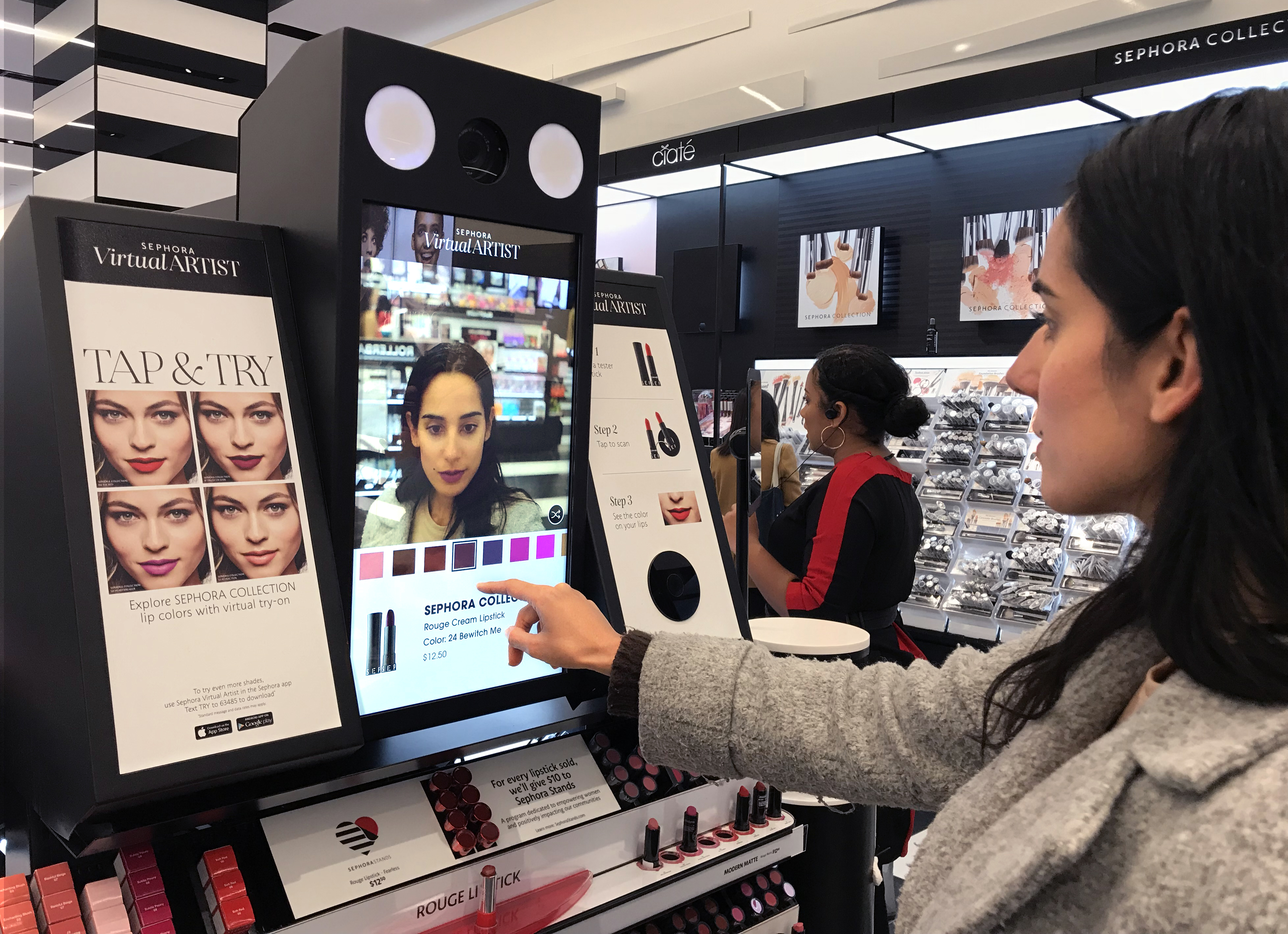
At Perch, that often means creating a digital signage display that surprises and delights shoppers.
“One of the big questions we get is how do you make digital seamless in a retail environment,” said Sumner. “In high-end traditional stores, they look at digital signage as potentially taking away from that feeling of exploring products organically. How do you balance the injection of digital in a way that is natural and not interruptive? People don’t want to just put an LCD screen on a wall, looping video. Shoppers can smell that advertising. So we try to figure out how to make the digital very embedded into the retail fixtures. We’re doing a project where the screen looks like wood until you touch the product, so people don’t realize it’s a screen and then all of a sudden a screen in the wood opens up and it creates a surprise, all in that luxury space that people are thinking of. So, how do you make sure it’s not just screens on a wall? How do you make sure it’s a special experience? How do they make sure the digital doesn’t detract from the shopper’s experience, that it’s really additive?”
In the end, of course, the key to a great digital signage display remains in usage.
“In-store tech should no longer be measured solely on up-time and functionality. It should be measured on shopper adoption of the technologies,” said Ed King, co-founder and shopper behavior expert at HighStreet. “What good is technology if shoppers don’t use it, or if it doesn’t help move the needle?”
A Look at Digital Signage Displays
A big part of that equation in a successful retail digital signage installation is the reliability of the equipment. You can’t have a fun, immersive experience if the screen isn’t working.
“These are applications that are going to be embedded. It’s painful to pull these things out,” said Sumner. “Reliability is critical. You can’t just take any LCD screen off the shelf. You need something that’s built for 24/7 operation to last for years and years at a time, that doesn’t have buttons on the outside that shoppers can play with. People might ask about using non-commercial grade displays, and that sounds great when you’re trying to meet a budget, but then operationally, they’re going to hate you.”
